
You know that feeling you get when you really want something, but know that you shouldn’t have it?
Well, recently, I’ve been frequenting the Teacher’s Lounge, only to find that it is littered with cupcakes, doughnuts, cookies, cookie cakes, and everything Sugar. I don’t know if this is a direct result of my teaching classes about [the Cuban singer] Celia Cruz’s trademark of shouting, “¡Azúcar!“ (sugar) in all of her songs; but regardless, The Sugar Room, as I have now coined it, might as well be magnetic: I can’t stay away.
Don’t get me wrong, I love vegetables and those trendy green smoothies and juices. I love spicy foods, curries, Vietnamese Pho, empanadas, steak, rice and beans, and anything seafood-related. But I LOVE–[note the bold and capitalization and cue lofty, dramatic music]–desserts. Like, to a fault. Dark chocolate and I are BFF’s.
So, in an attempt to justify shoving a second cupcake into my mouth the other day (don’t judge!), my eyes scanned the room for inspiration. Maybe we could feign that the upcoming sugar rush wasn’t a total waste: and it was at that moment that I happened to notice a small package of mint chocolate bars on the table.
It wasn’t that they were calling my name, necessarily. It was the brand that caught my eye: Andes, as in Andes Mountains. As in South America. As in Spanish curriculum territory. As in boom shaka-laka-laka! The librarian had told me something about rope storytelling in South America. Let the research commence. #CupcakeBreakJustified
Where to Begin?
A long, long time ago–we’re talking 2500 BC: or, when the world had primarily hunter-gatherers–someone tied a bunch of knots on a string of llama or alpaca hair [around some sticks], that would be discovered millenia later. We don’t know who this person was, or any specific details about their family. When boiled down to that, it might seem knot so extraordinary… and yet, it was.
You see, these knots would develop over the centuries into an incredible meta-linguistic system. They would be color-coded and distinguished by knot type, direction, spacing, and location. The knots would expand to become a major form of historical documentation and communication for use within the Incan Empire in South America. They would tease linguists and anthropologists with their complex structures and depth of thought.
The word for ‘knot’ in Quechua–the language of the Incas, which is still alive today–is quipu (or khipu, ‘key-poo’). It makes sense, then, that the majority of these knot cords, or quipus, have been discovered in Peru and the surrounding Andes Mountains of Chile, Bolivia, and Argentina.
Color
Research about quipus is ongoing. In the 1970’s and 1980’s, a couple named Marcia and Robert Ascher “grew the known inventory of khipus in worldwide collections from just over 70, to about 400 examples” (Manuel Medrano). This–in conjunction with recent technological advancements (e.g., spreadsheets)–allowed for significant data analysis throughout the following decades. Nowadays, there are over 600 quipus in museum collections around the world, although some estimates claim closer to 800. While quipus are still primarily unintelligible, anthropologists have nevertheless been able to deduce and gather a fair amount of information about these fascinating knots.
For starters, knot color played an important role. Ethnohistorian Sabine Hyland wrote a lovely narrative account about her research here. She traveled to Peru in 2015 and, after many negotiations, was able to visit with an Andean tribe guarding two Collata khipus inside a colonial chest. Hyland saw the khipus firsthand and learned that the colors were sourced from cotton and/or
“delicate animal fibers--crimson, gold, indigo, green, cream, pink, and shades of brown from fawn to chocolate.”
[The colors of these particular khipus were vibrant and] “made of fibers from six different Andean animals–vicuña, deer, alpaca, llama, guanaco, and viscacha (the latter a common rodent hunted for food). In many cases, the fiber can only be identified through touch–brown deer hair and brown vicuña wool, for example, look the same but feel very different.”
Hyland
Moreover, according to researcher and professor Manuel de León, “the colors of the strings represent different categories–for example, brown corresponds to government; crimson to the Inca sovereign, ruler of the empire; and red to war–while the knots indicate quantities, including the number zero, which is represented by the absence of knots”.

Quantity
While the Collata khipus are unique in certain ways, khipus are typically quite colorful and varied. Current day research is working to determine the stories behind these knots. For example, the Incas used these portable, lightweight cords to keep track of the new lands they conquered. They would record everything about the area.
“What the Incas would do if they conquered an area was go in and the first thing they would do is send their accountants, their inventory people,” MacQuarrie says.
“They would go in and literally count all of the different resources: the streams, the fields, they’d measure the fields, the people, the sexes of the people, mining, fishing, whatever. They would keep records of it and they would take that information back to Cusco and they would make decisions on how to administer that area.”
Source
So the quipus were used, first and foremost, to record quantities. Medrano mentions in his talk, Knot Just Numbers: Andean Khipu Strings, that the numerical structure(s) of the quipu would seem to indicate that they were likewise used to keep track of debts and credits, such as taxes. Algebraic equations are also evident in the sums of the knots; but quipus were not calculators, rather, arithmetic records.
Both Hyland and Medrano toy with the idea that the quipus may have been used as a tool to record stories and legends. There are strong indications of this fact, such as Rosetta Khipus, in which quipus align directly with historical documents by Spanish poet Garcilaso de la Vega, and were likely transcribed by the Spanish from quipucamayocs, or specialists from the time period who knew how to read and make the knots. Not everyone could read a quipu.
This is a big deal because the Incan Empire was known not to have a written language; but if the quipus somehow correspond to a logosyllabic system, and someone is able to crack the code, an entire history of Incas will be revealed which, up to this point in history, has been hidden from view.
However, before I venture into solving one of the world’s mysteries, I might need another cupcake. Or an Andean chocolate mint.
Resources
- Knots representing numbers: The mathematics of the Incas
- Unraveling an Ancient Code Written in Strings (& HERE)
- We thought the Incas couldn’t write. These knots change everything
- Quipu: The Ancient Computer of the Inca Civilization
- How The Inca Used Knots To Tell Stories
- Quipu: South America’s Ancient Writing System
- Knot Just Numbers: Andean Khipu Strings (video)




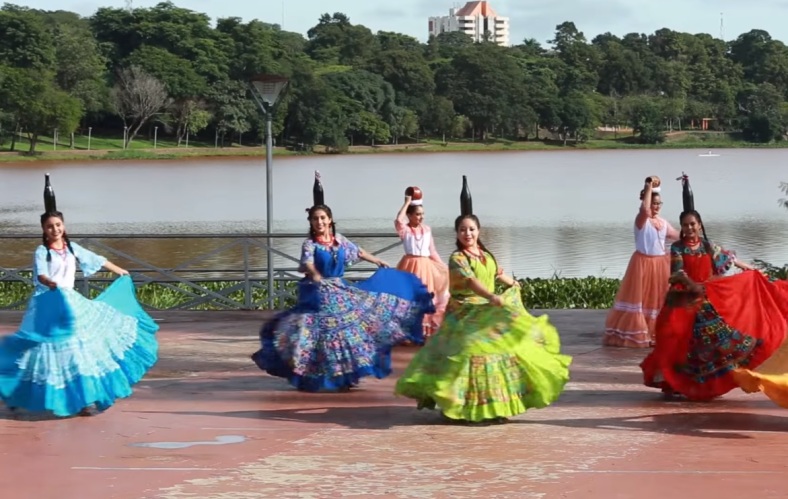

























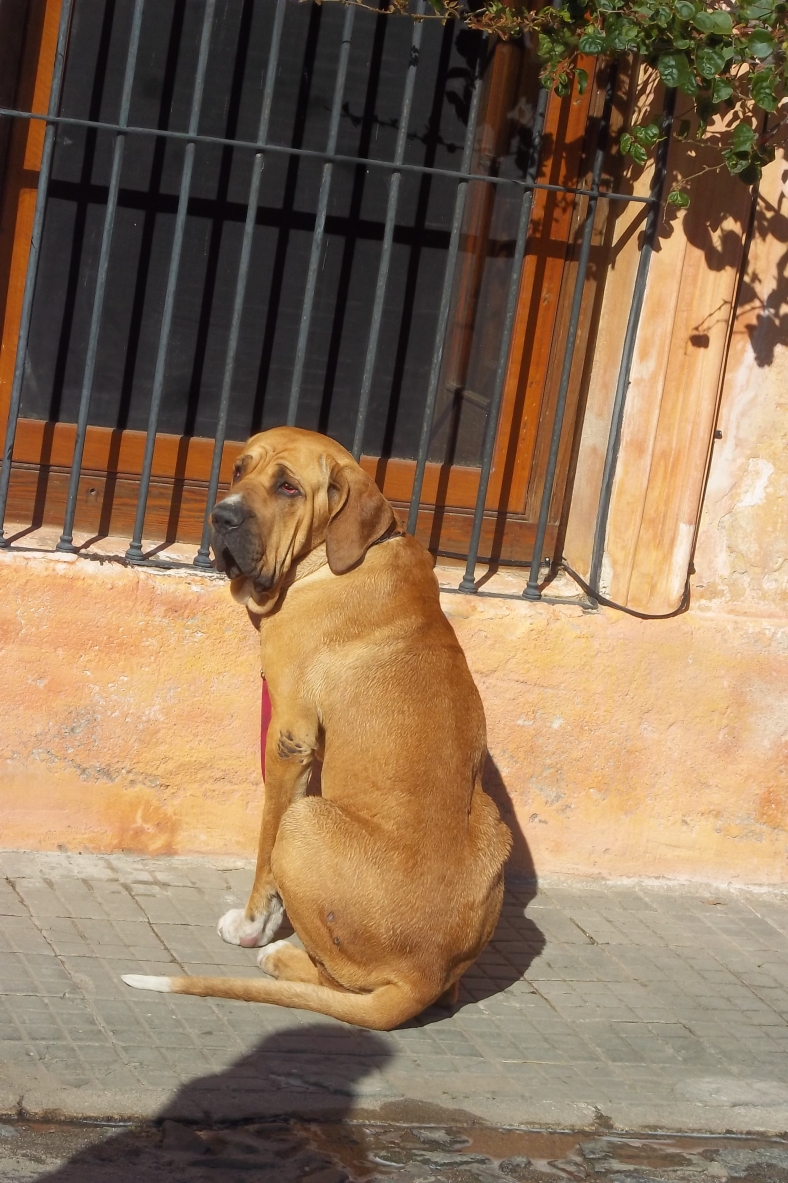





















































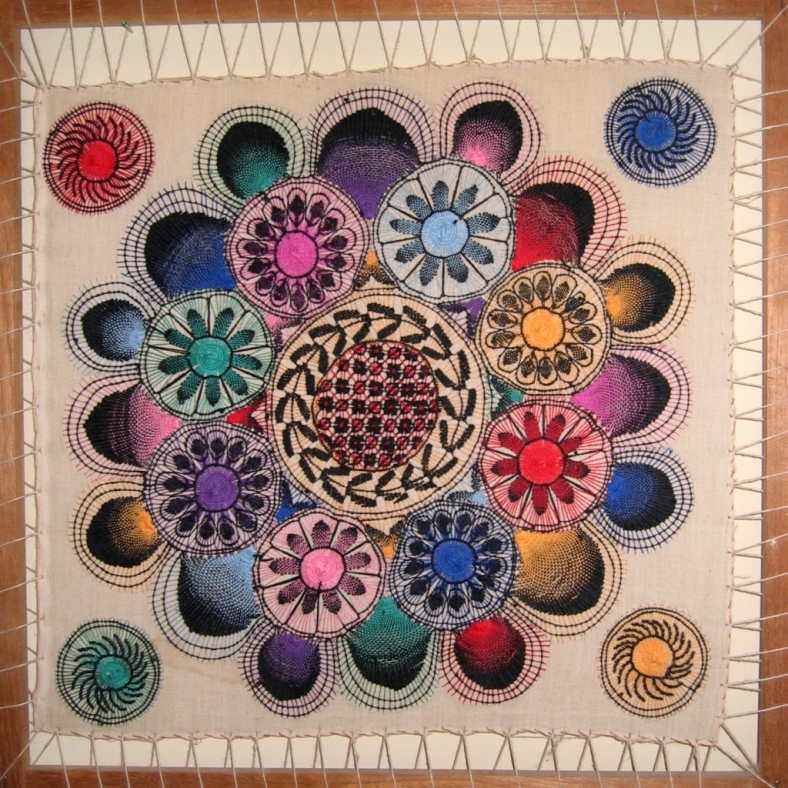










































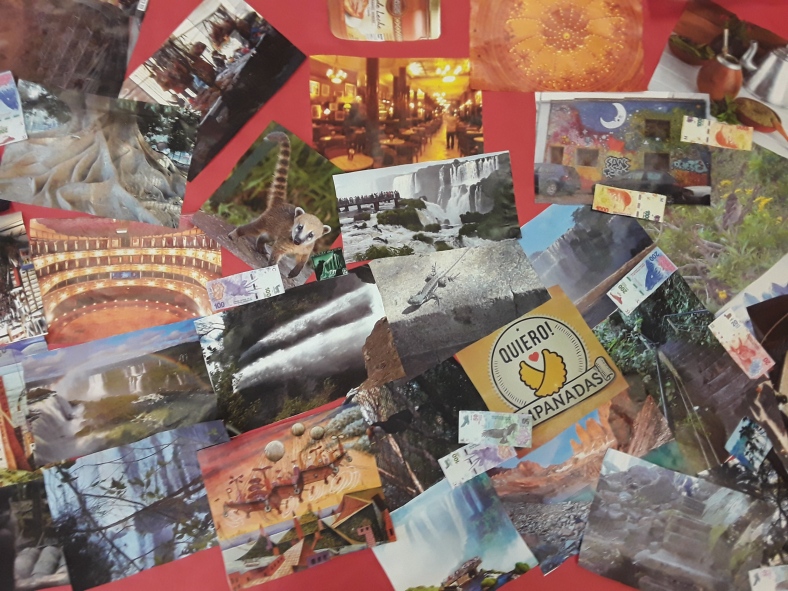







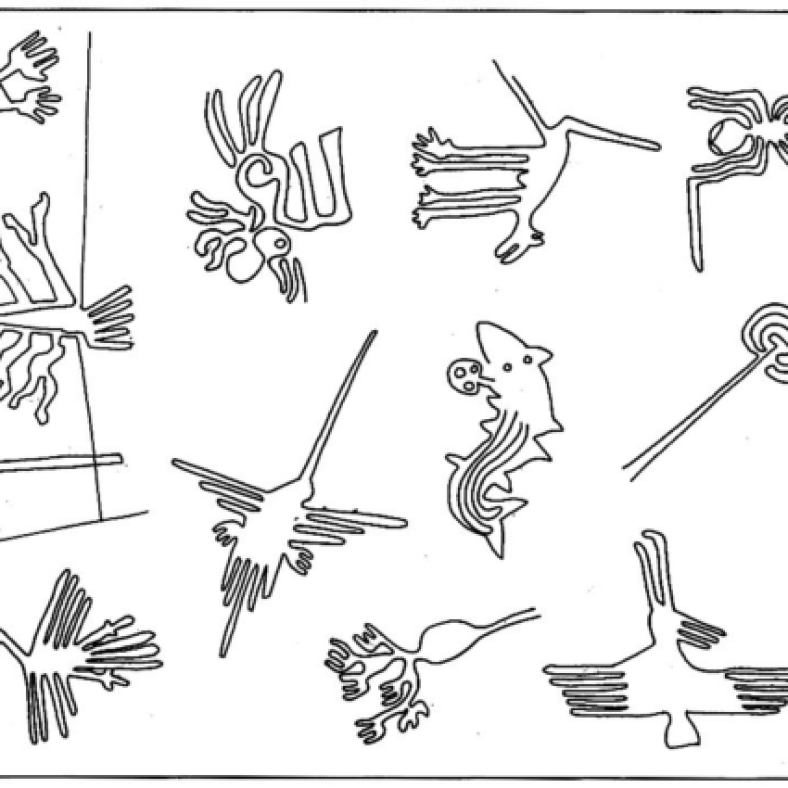
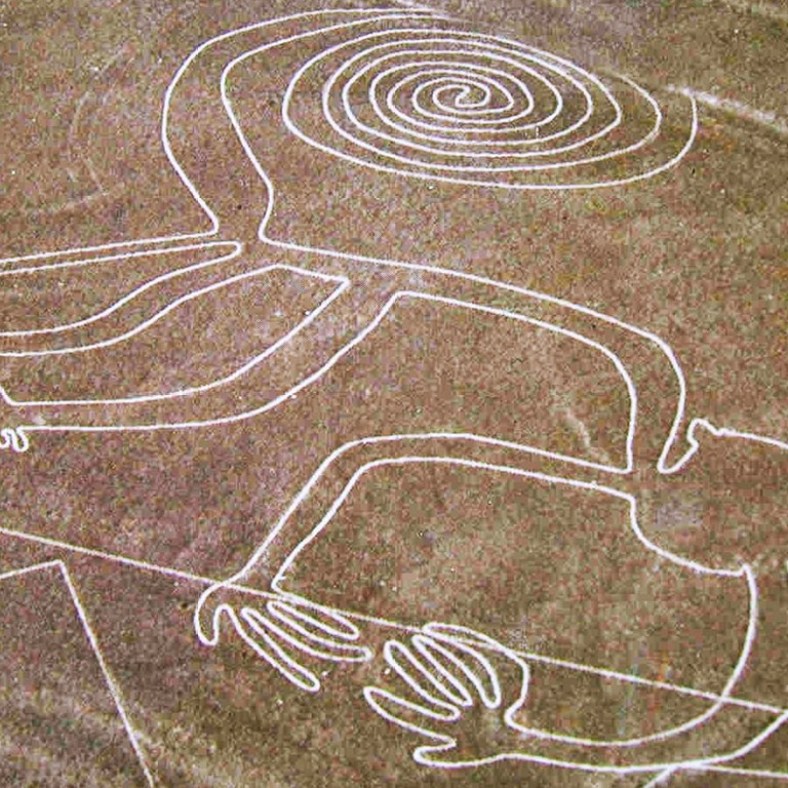

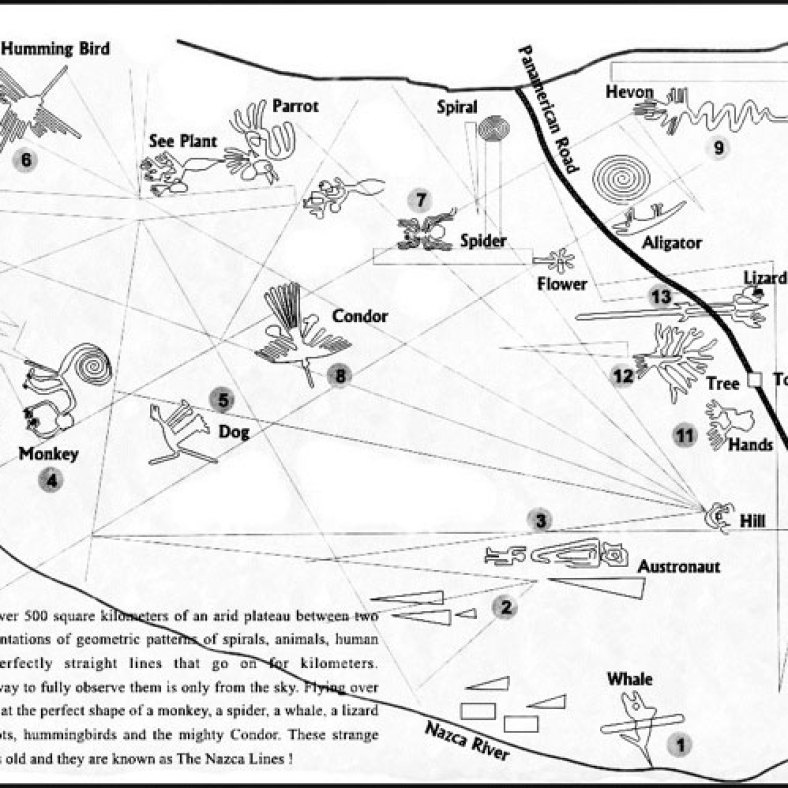








































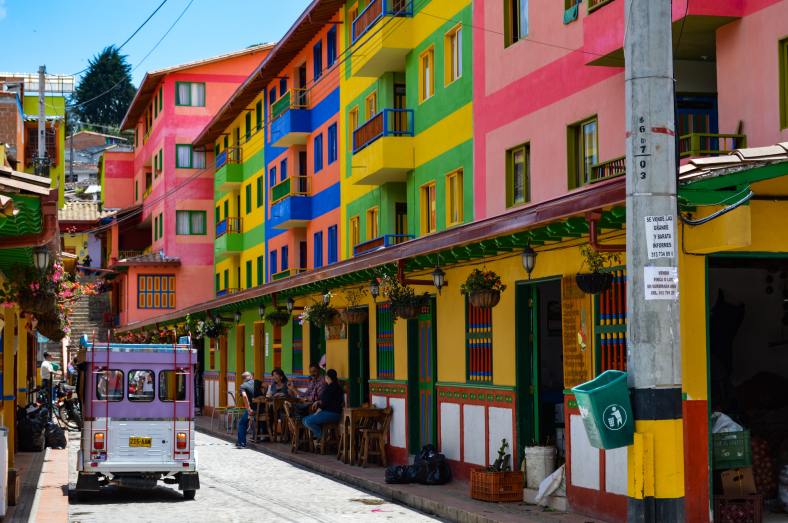



















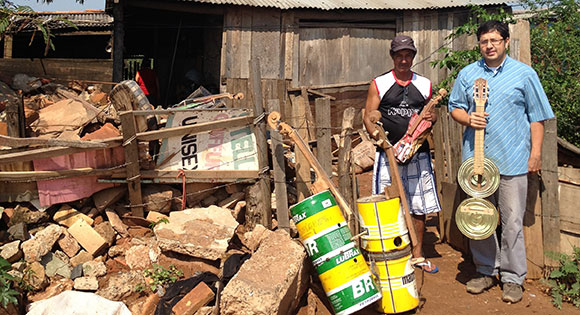
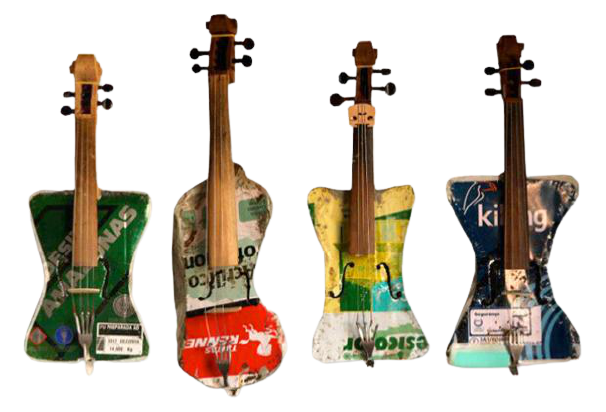


























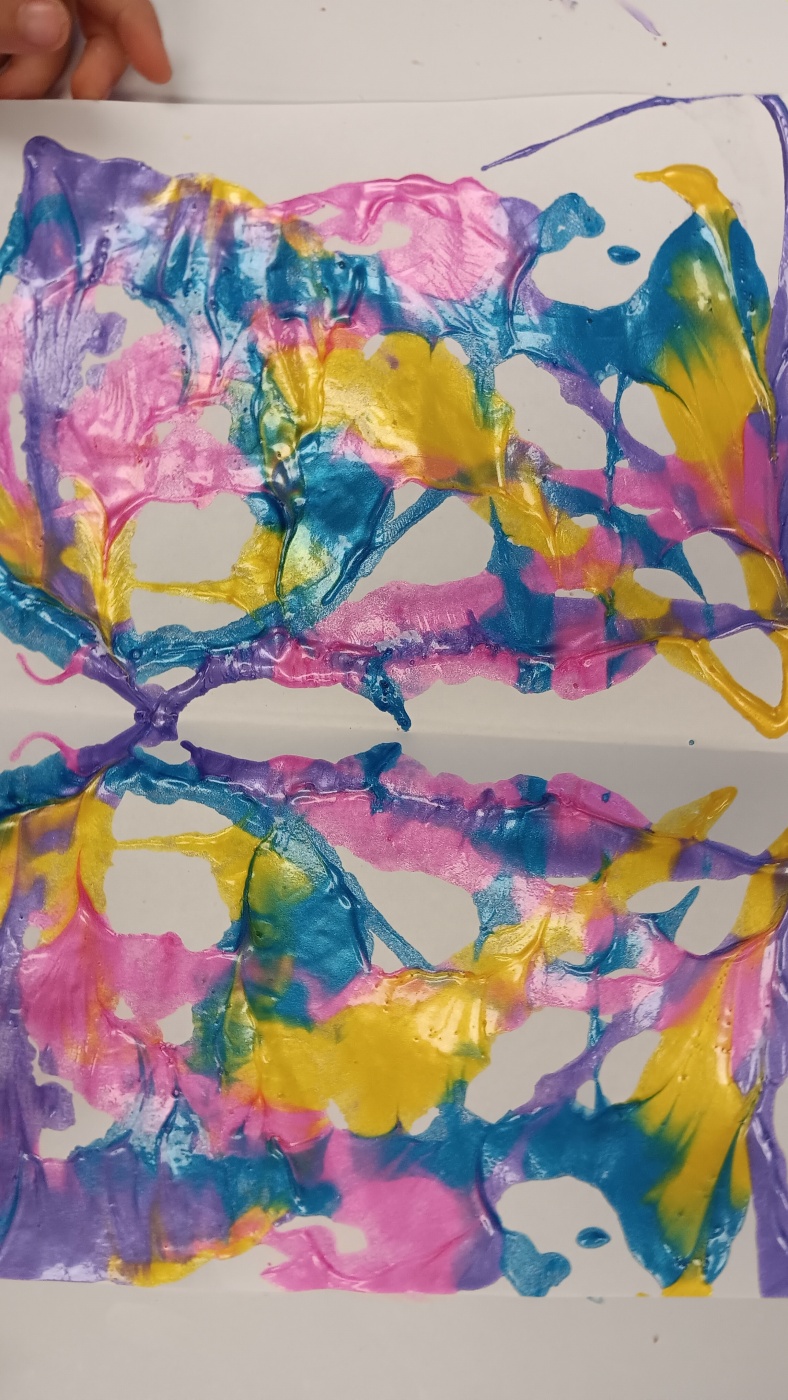




























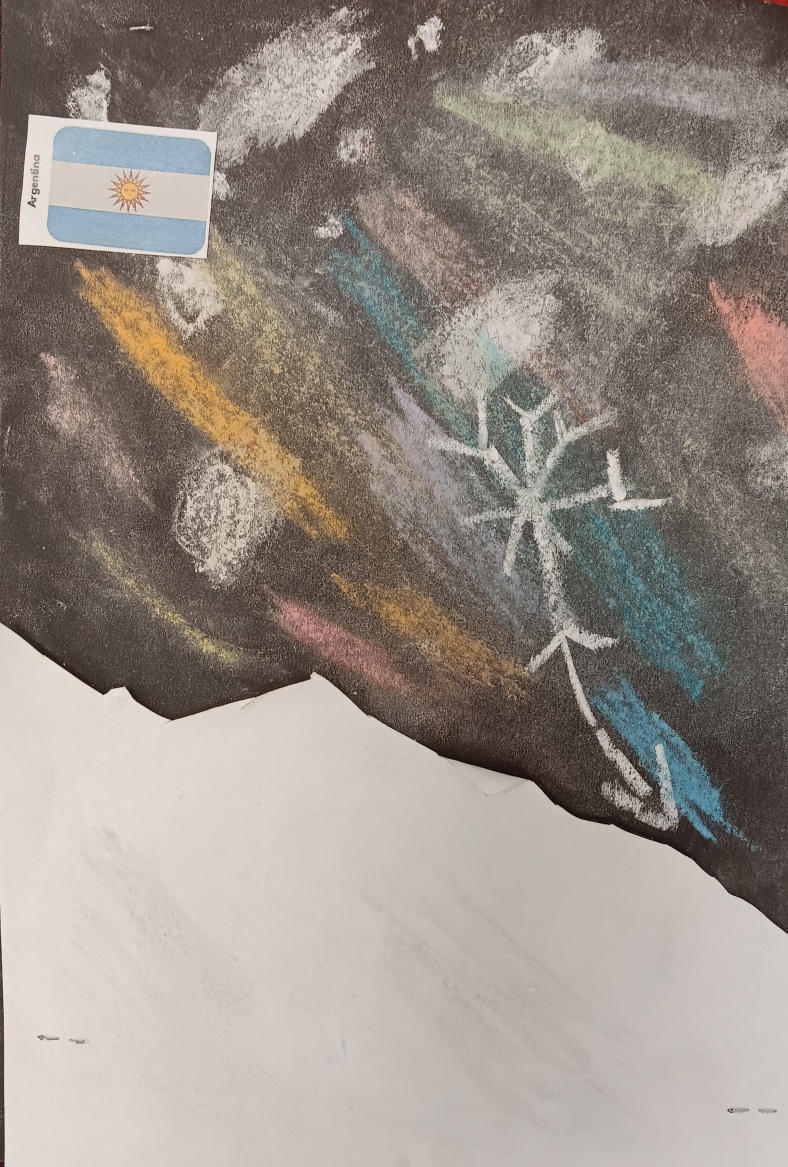












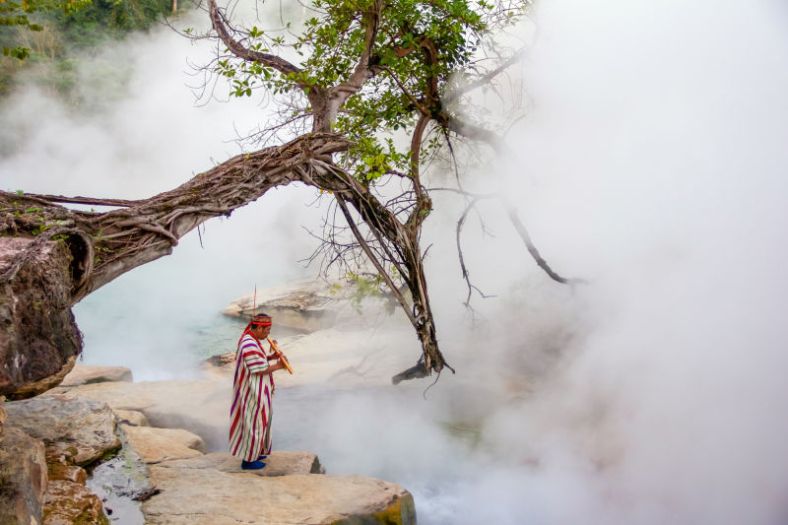

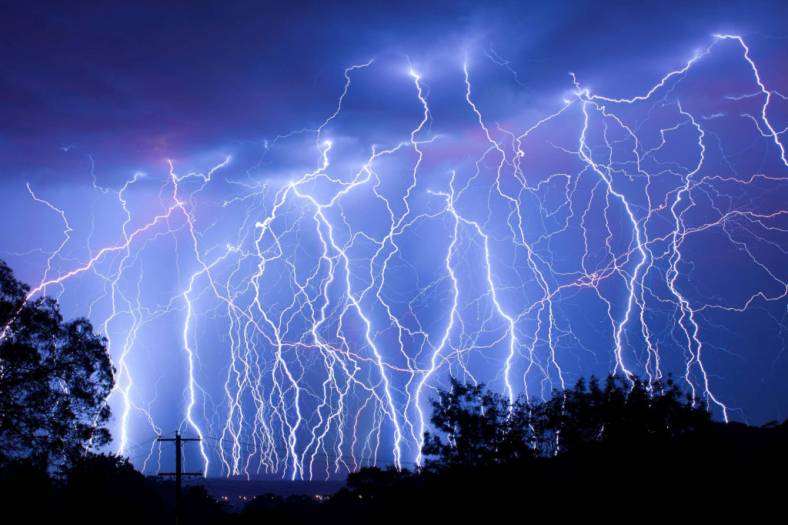


















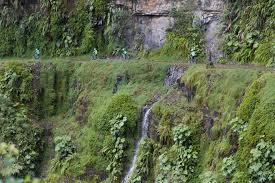


















































You must be logged in to post a comment.